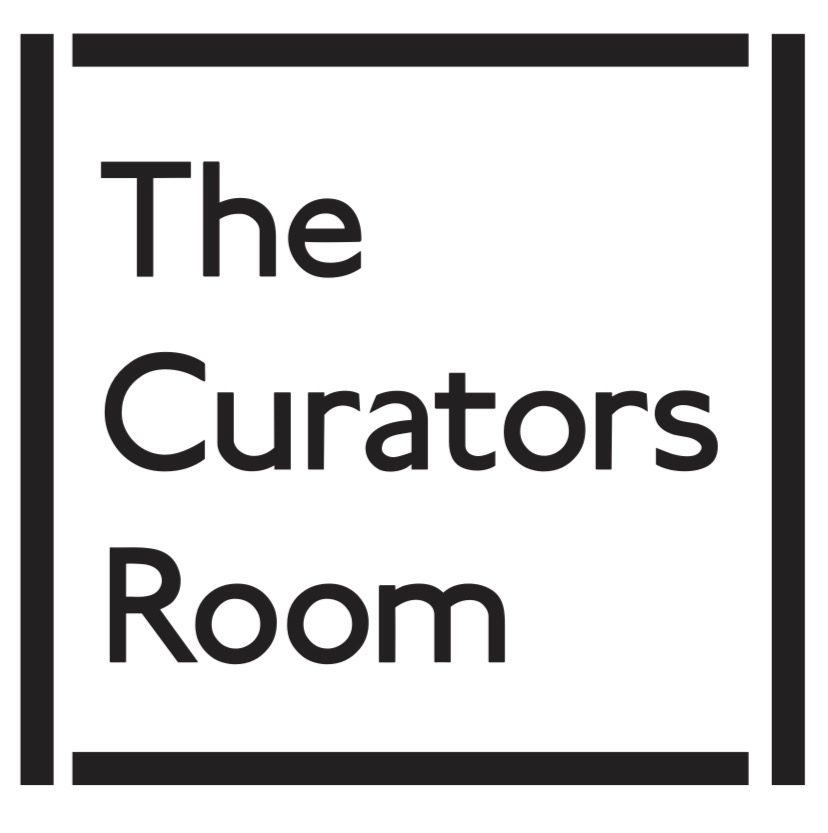Featuring works by Calli Moore, John Fou, Virginia Paradise, Adam Linn & Julia Kowalska
(Curated by Thom Oosterhof for The Curators Room)
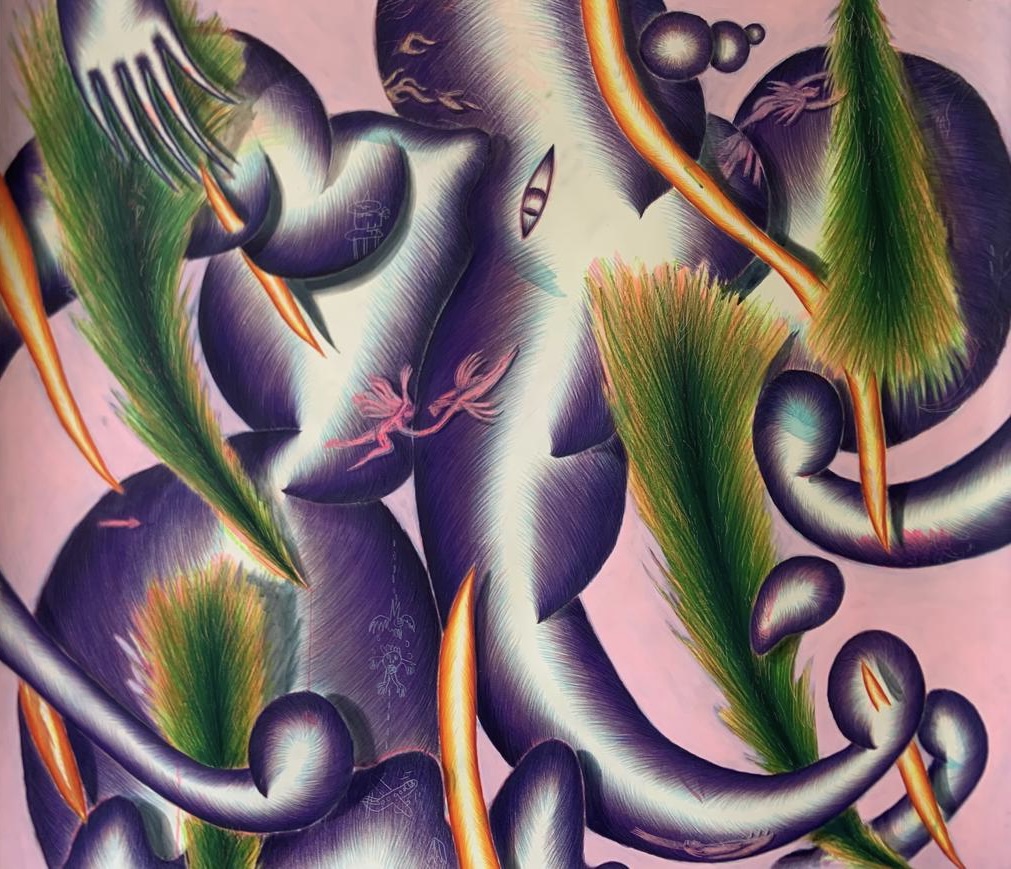
JOHN FOU
Trompette
Acrylic , colored pencil
114 x 149 cm
2022
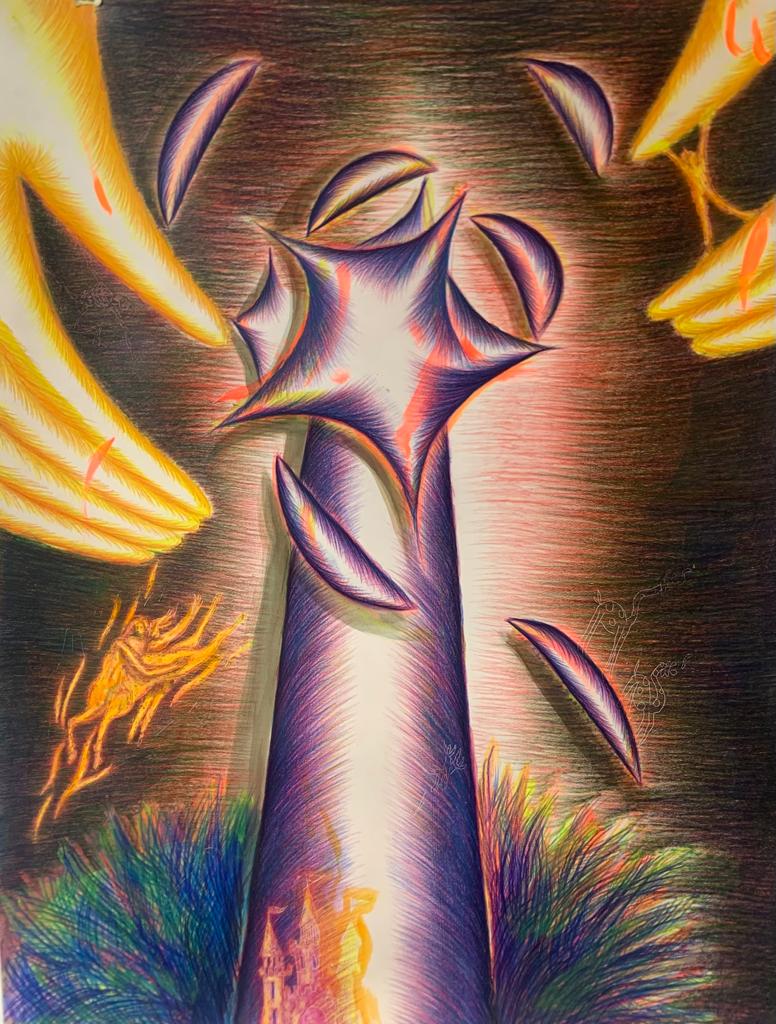
JOHN FOU
Fall apart
acrylic and colored pencil on paper
105 x 80 cm
2022
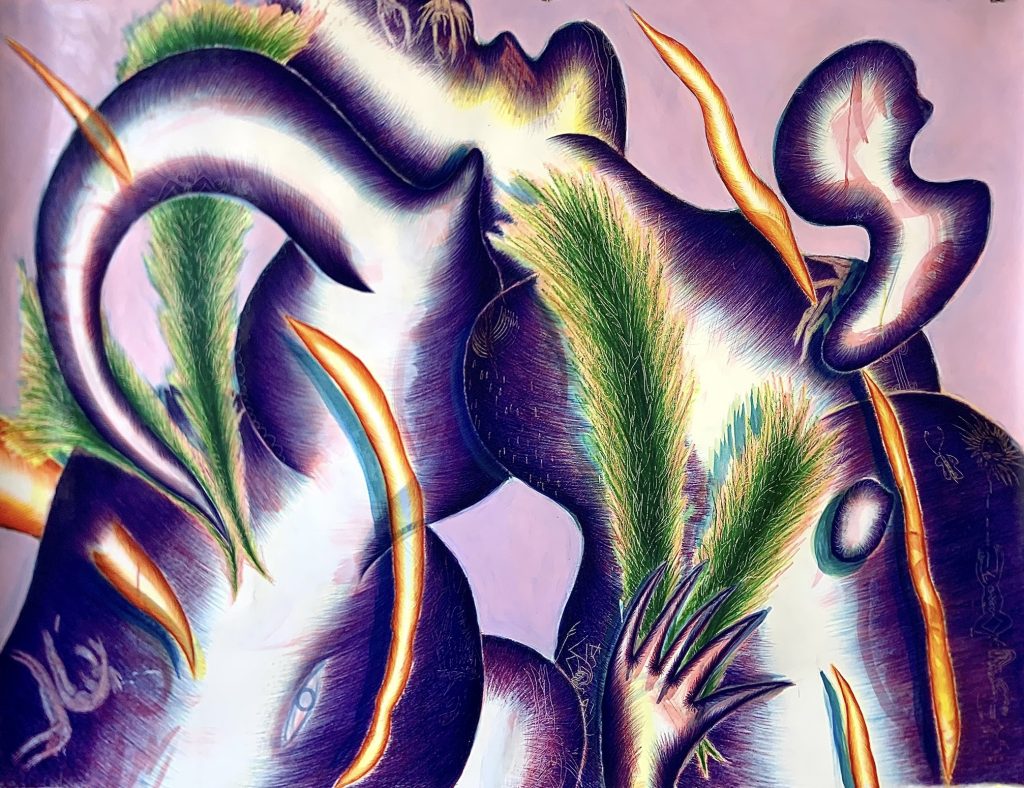
JOHN FOU
Trompette 1
Acrylic ,coloured pencil
132 x 149cm
2023
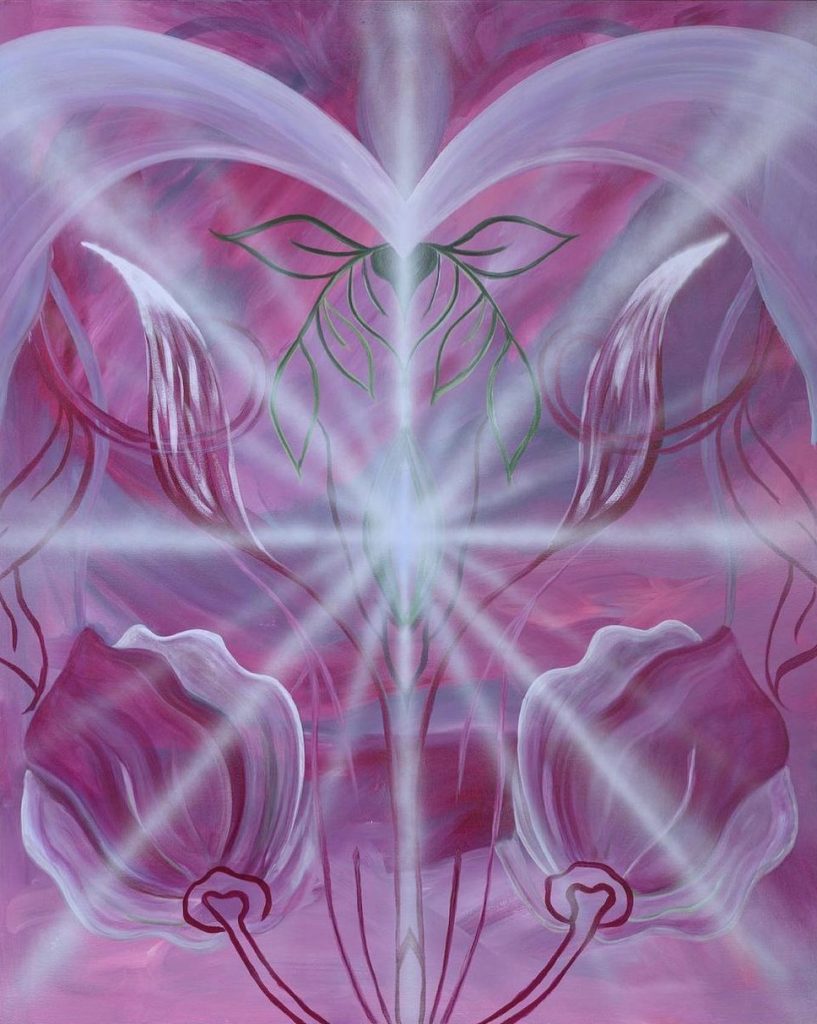
CALLI MOORE
Violet Nightshade
Acrylic on canvas
152,4 x 121,9 inches
2023
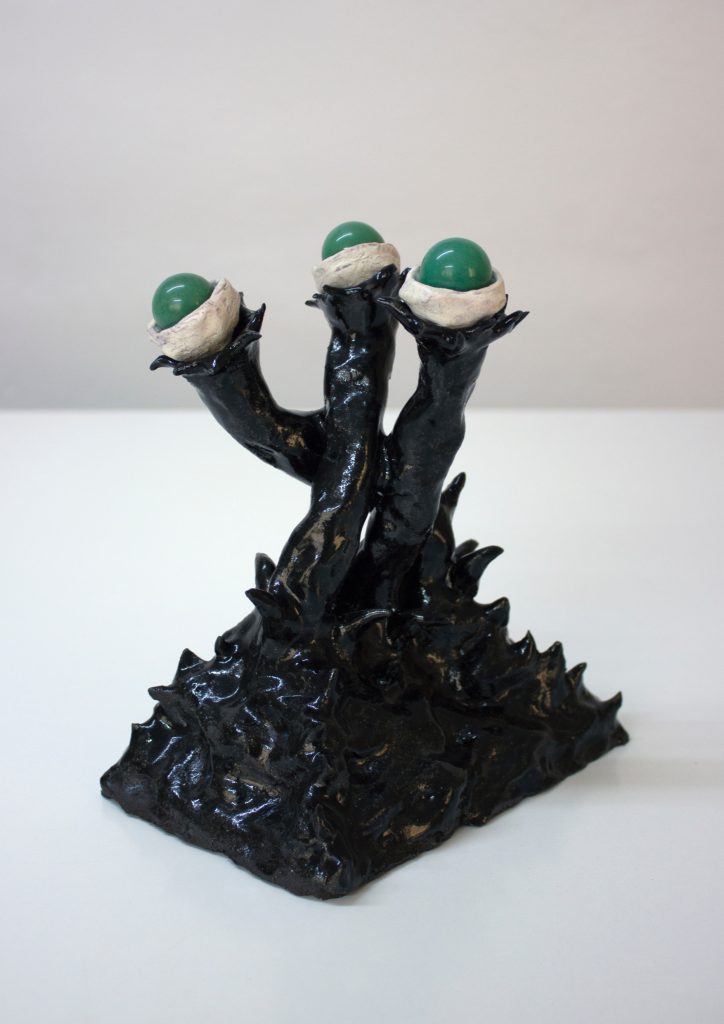
VIRGINIA PARADISE
Untitled
Black glazed ceramics, white ceramics and aventurine
13 x 18 x 23 cm
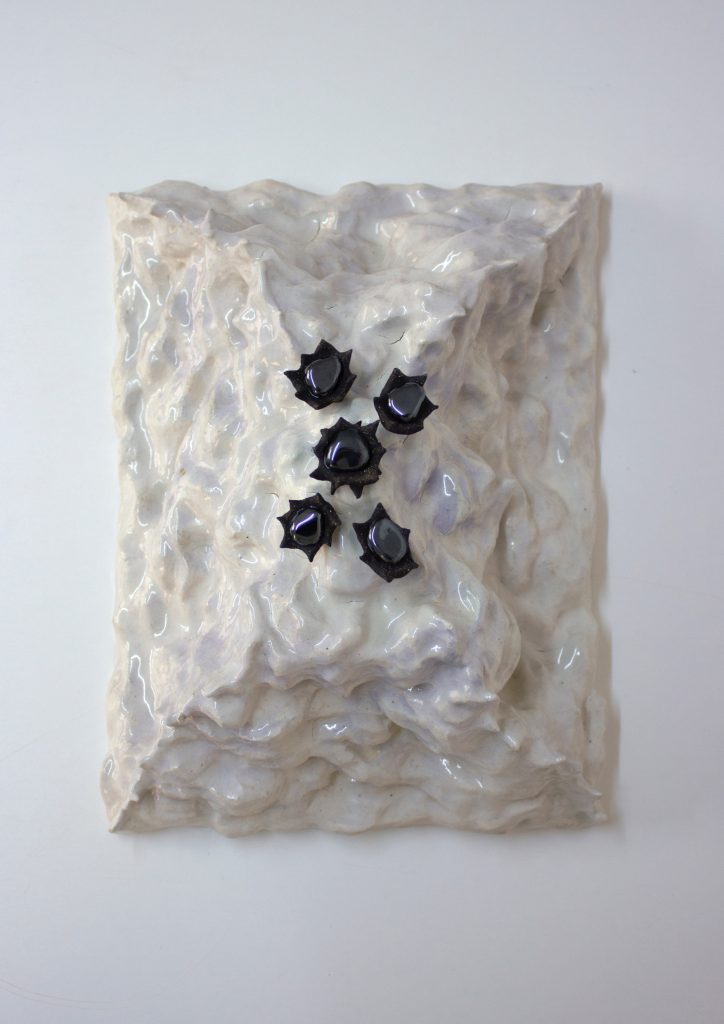
VIRGINIA PARADISE
Untitled
White glazed ceramics, black ceramics and hematite
29 x 23 x 12 cm
2023
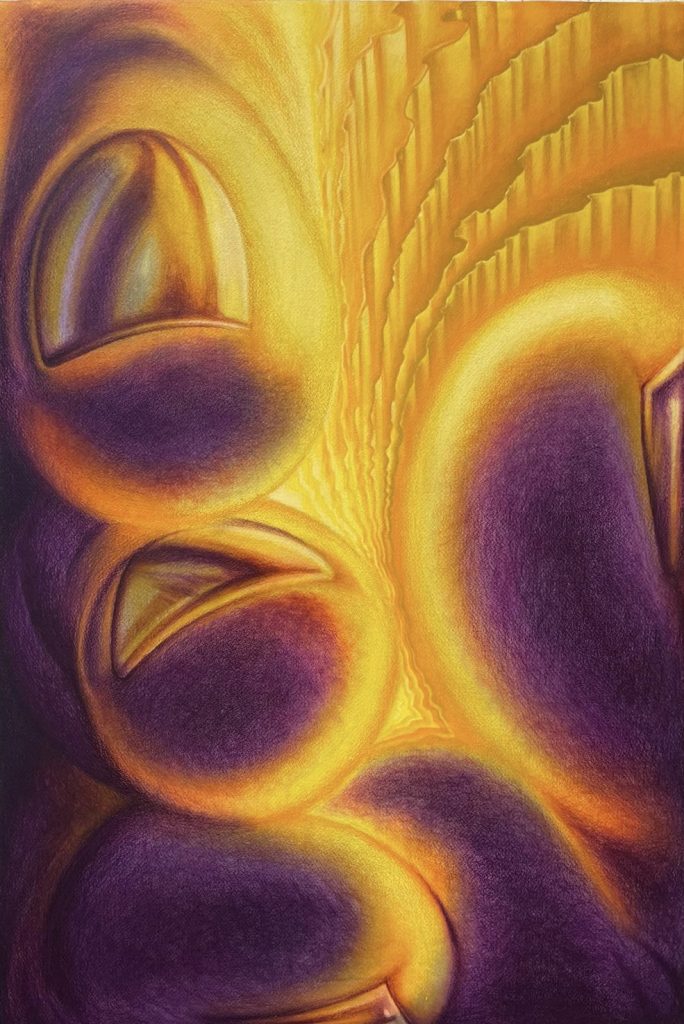
ADAM LINN
Tooth Grove
Coloured pencil, watercolour, wax crayon and water soluble crayon on paper mounted panel
76,2 x 50,8 cm
2023
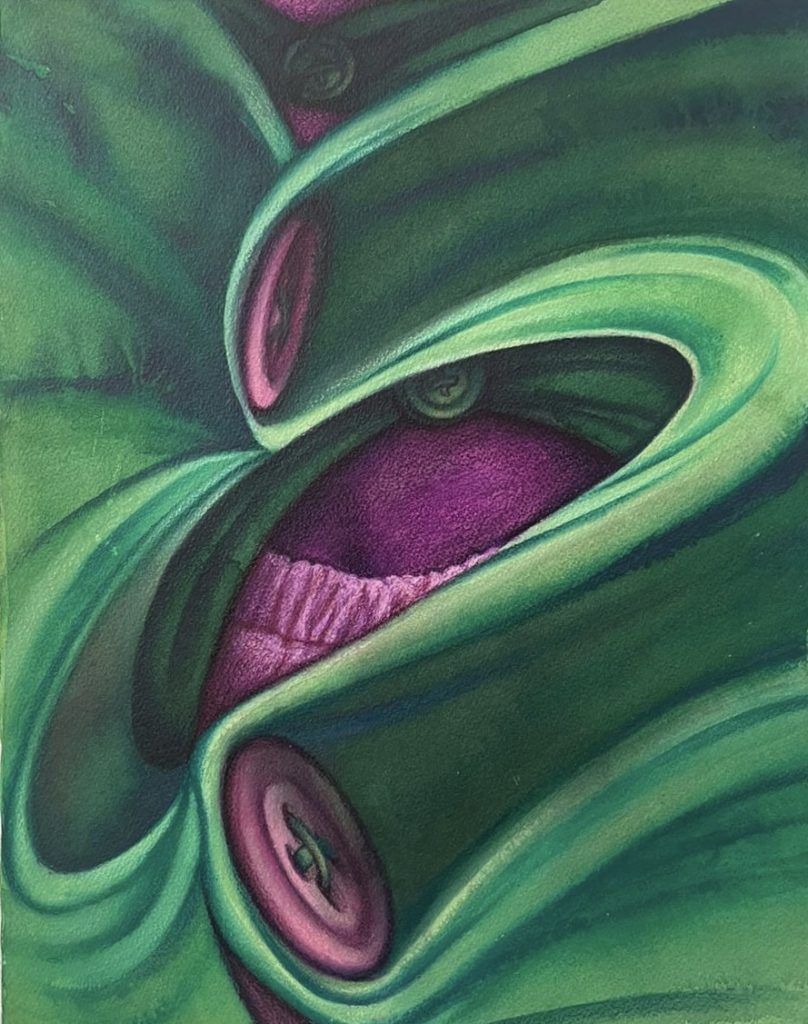
ADAM LINN
Turvy
Coloured pencil, watercolour, wax crayon and water soluble crayon on paper mounted panel
35,6 x 28.9 cm
2023
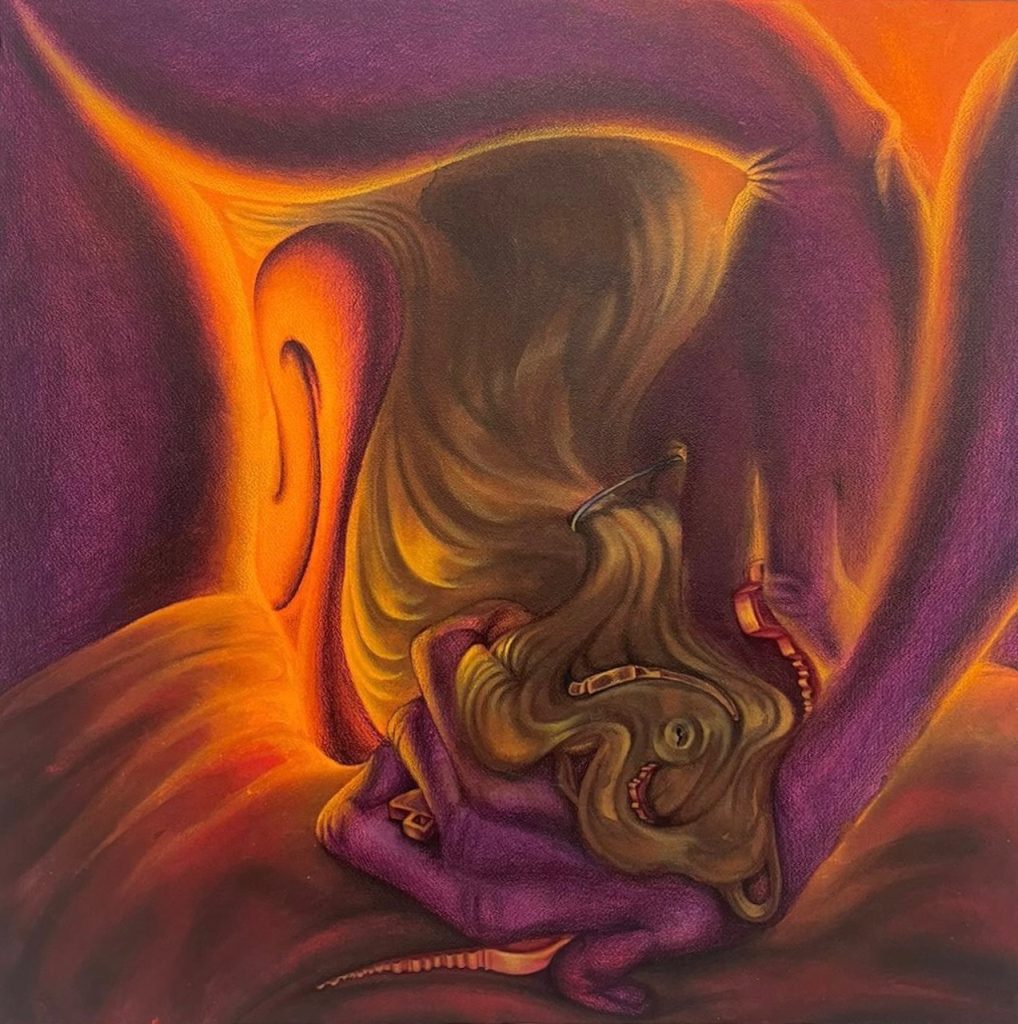
ADAM LINN
Back Business
Coloured pencil, watercolour, wax crayon and water soluble crayon on paper mounted panel
61 x 61 cm
2023
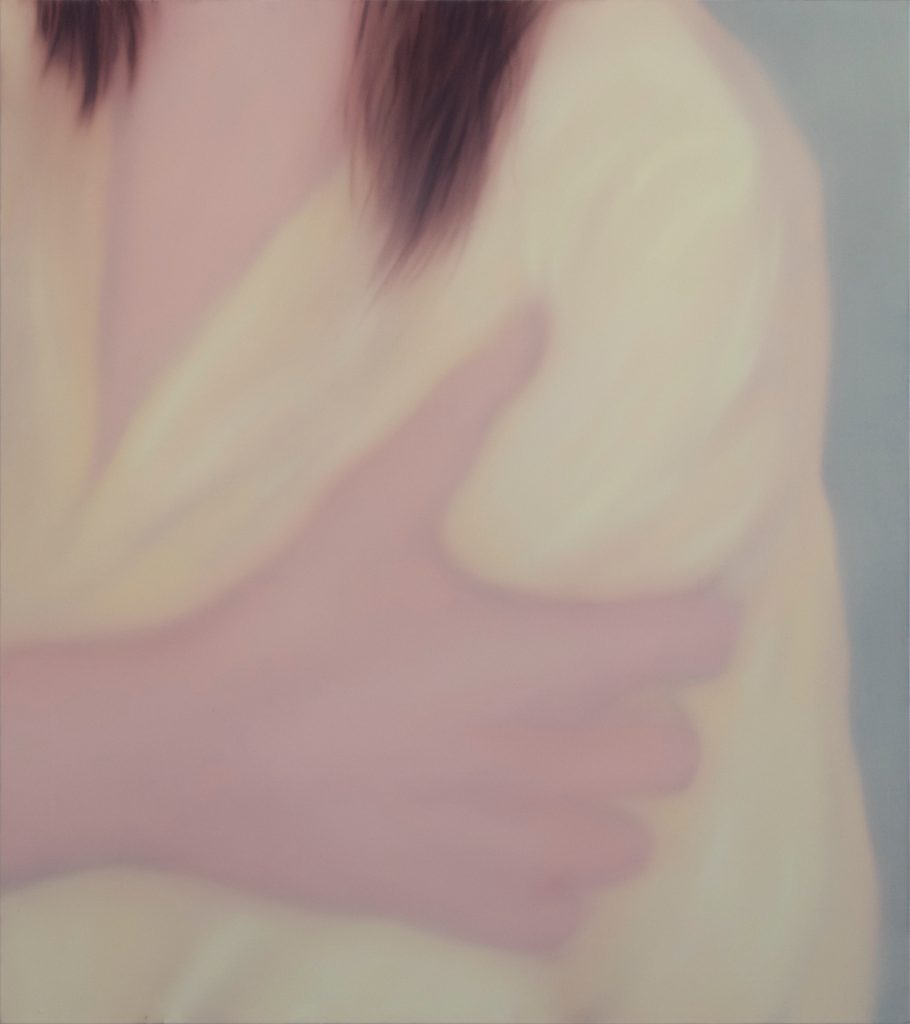
JULIA KOWALSKA
Untitled
Oil on canvas
90 x 80 cm
2023
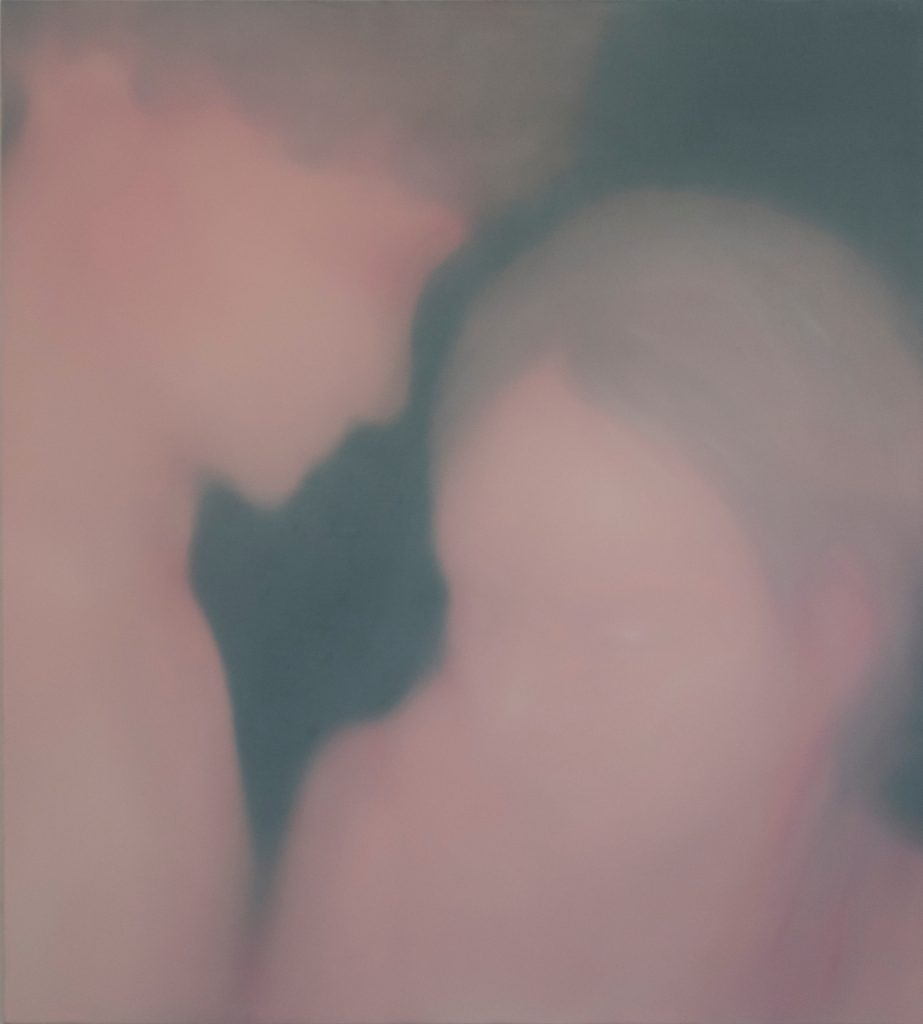
JULIA KOWALSKA
Untitled
Oil on canvas
100 x 90 cm
2023
Nothing to Hide
Featuring Works by Calli Moore, John Fou, Virginia Paradise, Adam Linn & Julia Kowalska
(Curated by Thom Oosterhof for The Curators Room)
Nothing to Hide marks the 3rd collaboration between The Curators Room and the New Zealand born, Amsterdam based curator, Thom Oosterhof. The international artists Calli Moore (Iowa, USA), John Fou (Lilas, France, 1983), Virginia Paradise (Sevilla, 1984), Adam Linn (Pittsburgh, USA, 1995) & Julia Kowalska (Radom, Poland, 1998) are the integrants of the group exhibition that channels affectivity and vulnerability as its conceptual crux. Oosterhof weaves a narrative that privileges artists who dare to show their palms in their work; their secrets, fantasies, fears, desires, soft and hard spots that speak to their sincerity and daring natures.
A series of paintings and two sculptures constitute the exciting range of challenging aesthetics and uncanny inner-worlds that effuse over the five artists’ work. According to the curator, this willingness to be open and to speak from highly personal spaces is not as common of a trait as it may seem. Some distance themselves from placing personal narratives at the forefront of their work. In Nothing to Hide, as the title aptly suggests, this is not the case. Spiritual iconography mingles with moments of corporal tenderness; rich purples dialogue with saturate pinks and golden hums; sublime swashes of colour and light dance in abstract landscapes; foggy aethers help to convalesce old wounds and thorny realities.
As the curator narrates, “Nothing to Hide picks up from where the last show, Firestarter, left off which similarly tackled the use of daring and fearless subject matter in contemporary painting. It was also rooted in giving protagonism to the strength of the artists and their individual visions. In the case of the current show, I was interested in softening the atmosphere by employing a criteria that sought out more vulnerable imagery. The concept was inspired by a trip to Paris during which I visited painter John Fou’s studio. I found it illuminating how his drawings were little fragments of his mind and how he uses them as a kind of personal therapy. They illustrate a specific emotional moment or a raw memory that finds its way onto a canvas. When you first see the works, the aesthetics may be what stands out most. When the concept is revealed, other affective layers come to light. I was fascinated by how some artists show themselves at their most vulnerable and put their explorations in the public domain and sphere. I find the hyper-personal admirable.”
He continues: “Adam Linn draws heavily from distortion. At first, it might be difficult to discern the content which ironically plays with the concept and title of the show: there’s nothing to hide but at the same time he hides things, in turn inviting us to look beyond the surface. Calli Moore is based in New York and is known for her very ethereal work embedded with a spirituality and focused on meditative practices. Ultimately they are kind of exorcisms, relinquishing uncomfortable subject matters inside of her, which can be seen in the gestures and use of light and colour.”
“Julia Kowalska is a Polish artist and her work is purely intimate. There is a tenderness in the two figures embracing one another; an ethereal quality that tests boundaries of where I begin and another ends that highlights energetic connections as well as touch, exchange and physicality. Virginia Paradise is a young Spanish artist who brings a sculptural aspect to space with two glazed ceramics pieces comprised of a jaggedness that does not suggest a softness necessarily but less appealing qualities that we tend to hide as human beings.”
